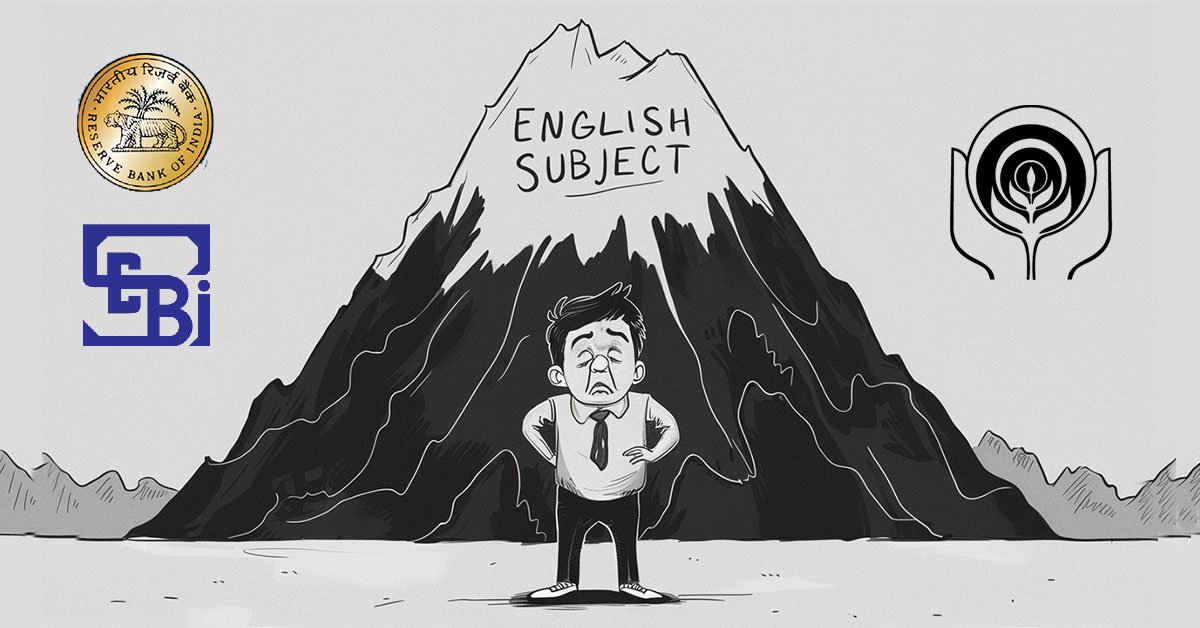Source: TH
Context:
Recent data from the Reserve Bank of India (RBI) indicate that Indian households are accumulating debt at a pace significantly higher than the growth of financial assets. This trend points to changing consumption patterns, rising leverage, and evolving financial behaviour among households.
Key Highlights:
- Asset Growth Lagging Behind Liabilities:
- Household financial assets increased from ₹24.1 lakh crore in 2019–20 to ₹35.6 lakh crore in 2024–25, a 48% rise.
- Impact on GDP Share:
- Assets as a percentage of GDP declined from 12% to 10.8%.
- Liabilities as a percentage of GDP rose from 3.9% to 4.7%.
- Household debt peaked at 6.2% of GDP in 2023–24 but moderated slightly in 2024–25, signaling tentative financial stabilization.
- Changing Savings Behaviour:
- Traditional bank deposits continue to dominate household savings.
- There is a noticeable shift toward mutual funds and market-linked instruments, reflecting growing financial literacy and diversification of investment portfolios.
Key Findings
- Faster Growth in Liabilities:
- Household annual financial liabilities have increased by 102% between 2019–20 and 2024–25.
- Slower Growth in Assets:
- In the same period, annual financial asset addition grew only by 48%.
- Decline in Asset-to-GDP Ratio:
- As a share of GDP, the annual financial asset addition in FY25 is lower than in the pre-pandemic year, indicating slower asset accumulation relative to economic growth.
- Rise in Debt-to-GDP Ratio:
- The annual liabilities added as a percentage of GDP are higher than before 2020, suggesting increased household leverage and dependence on credit.
Underlying Factors
- Post-pandemic consumption recovery driven by credit spending, particularly through personal and housing loans.
- Inflationary pressures leading households to borrow more to maintain living standards.
- Stagnant income growth amid rising costs, resulting in higher net indebtedness.
- Shift in financial behavior: Preference for short-term credit and digital lending, while savings in bank deposits and small schemes grew slower.
Implications
- Macroeconomic concern: Rapid household debt expansion could pose financial stability risks if not accompanied by proportional income and asset growth.
- Policy perspective: RBI and the government may need to monitor retail credit quality and household leverage trends closely.
- Economic signal: The data reflects uneven post-pandemic recovery, with consumption rebounding through borrowing rather than income-led growth.
Implications for the Economy:
- Reduced Savings Rate: A slower growth in household assets may limit domestic capital formation.
- Higher Financial Vulnerability: Rising debt increases household exposure to interest rate fluctuations and income shocks.
- Market Risk Exposure: While participation in market-linked instruments reflects sophistication, it also exposes households to volatility and potential market losses.



















